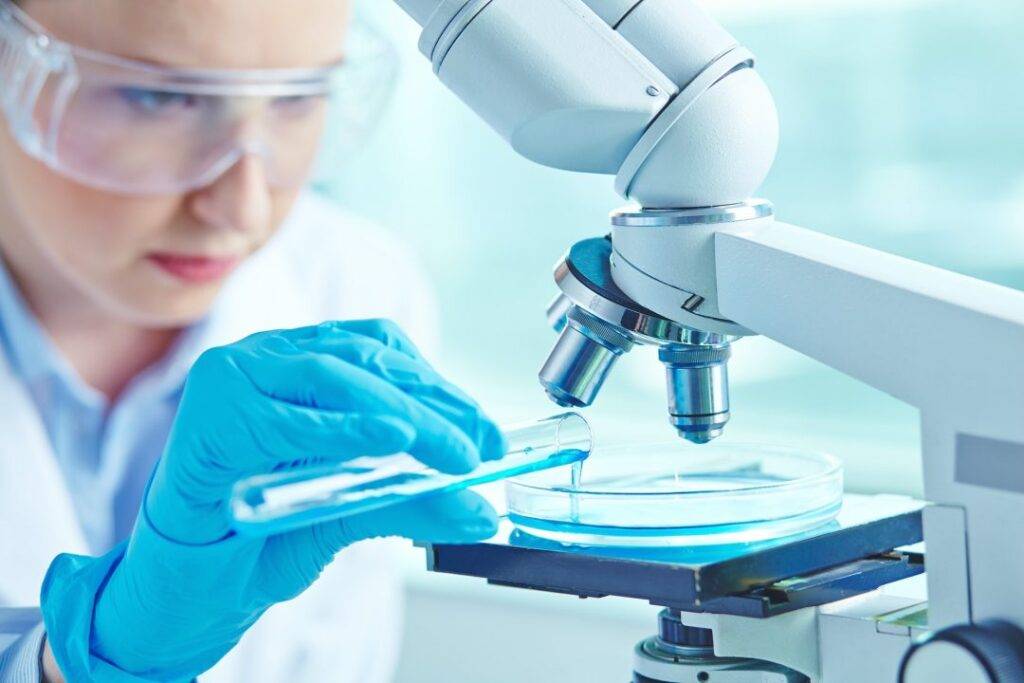| 货号: S220557 |
| 产品全名: FPR3 兔多抗 |
| 基因符号 FMLPY; FPRH1; FPRH2; FPRL2; RMLP-R-I; FML2_HUMAN |
| UNIPROT ID: P25089 (Gene Accession – NP_002021 ) |
| 背景: The N-formyl peptide receptor (FPR) family is comprised of three members, FPR, FPR3 (also designated FPRL1, lipoxin A4 receptor, FPRH1 or FPR2) and FPR like-2 (FPRL2), all of which are chemotactic G protein-coupled receptors that contain seven transmembrane domains. These receptors are found on the surface of phagocytic leukocytes, such as neutrophils and monocytes, and each family member contains specific residues, which are responsible for determining its ligand specificity. FPR3 is a promiscuous receptor that binds to several ligands, including lipoxin A4, N-formyl-methionyl-leucyl-phenylalanine (fMLP), serum amyloid A (SAA), prion peptide and the 42 amino acid form of beta amyloid. Upon activation, FPR3 induces migration and calcium mobilization in human monocytes and neutrophils and is involved in inflammatory and host defense responses. FPR3 may mediate inflammation in prion and Alzheimer’s diseases, which makes it a potential target for therapeutic agents. |
| 抗原: Synthetic peptide of human FPR3 |
| 经过测试的应用: ELISA, IHC |
| 推荐稀释比: IHC: 25-100; ELISA: 1000-2000 |
| 种属反应性: Rabbit |
| 克隆性: Rabbit Polyclonal |
| 亚型: Immunogen-specific rabbit IgG |
| 纯化: Antigen affinity purification |
| 种属反应性: Human |
| 成分: PBS (without Mg2+ and Ca2+), pH 7.4, 150 mM NaCl, 0.05% Sodium Azide and 40% glycerol |
| 研究领域: Signal Transduction |
| 储存和运输: Store at -20°C. Avoid repeated freezing and thawing |
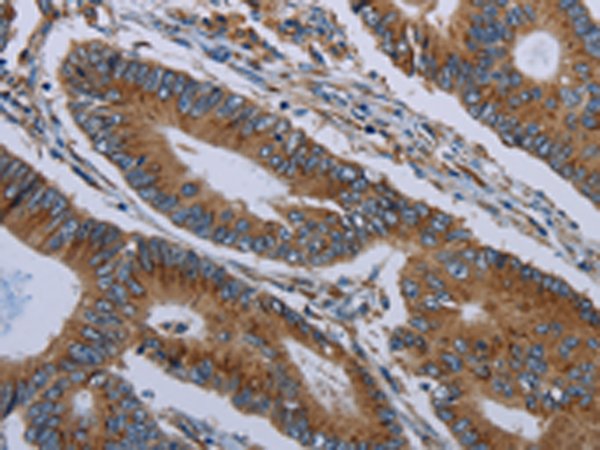
Immunohistochemistry analysis of paraffin embedded Human colon cancer tissue using 220557(FPR3 Antibody) at a dilution of 1/20(Cytoplasm). | 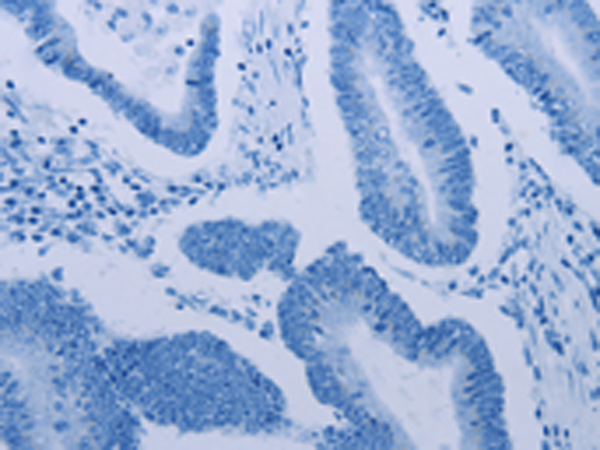
In comparision with the IHC on the left, the same paraffin-embedded Human colon cancer tissue is first treated with the synthetic peptide and then with 220557(Anti-FPR3 Antibody) at dilution 1/20. | 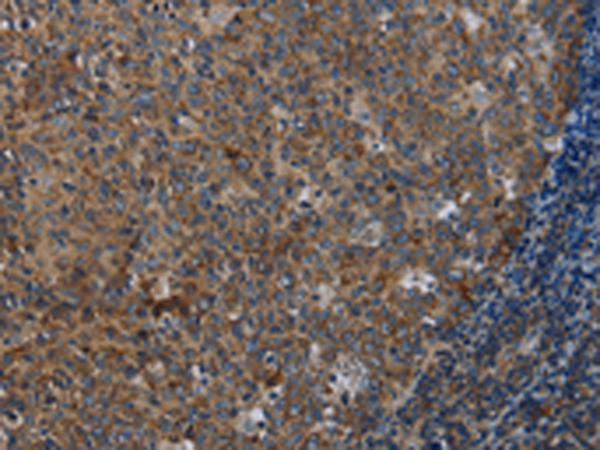
The image on the left is immunohistochemistry of paraffin-embedded Human tonsil tissue using 220557(Anti-FPR3 Antibody) at a dilution of 1/20. | 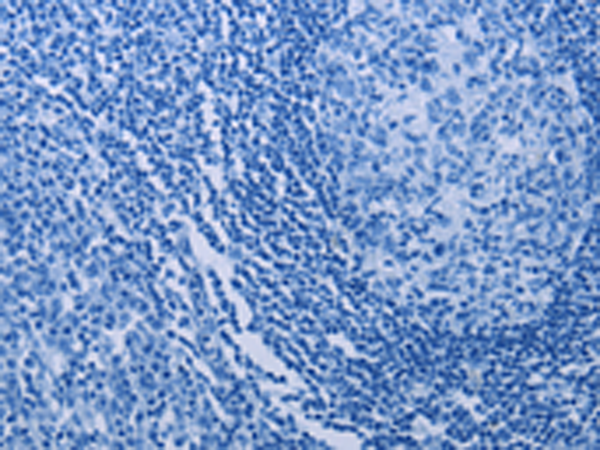
In comparision with the IHC on the left, the same paraffin-embedded Human tonsil tissue is first treated with synthetic peptide and then with D261690(Anti-FPR3 Antibody) at dilution 1/20. |
|
